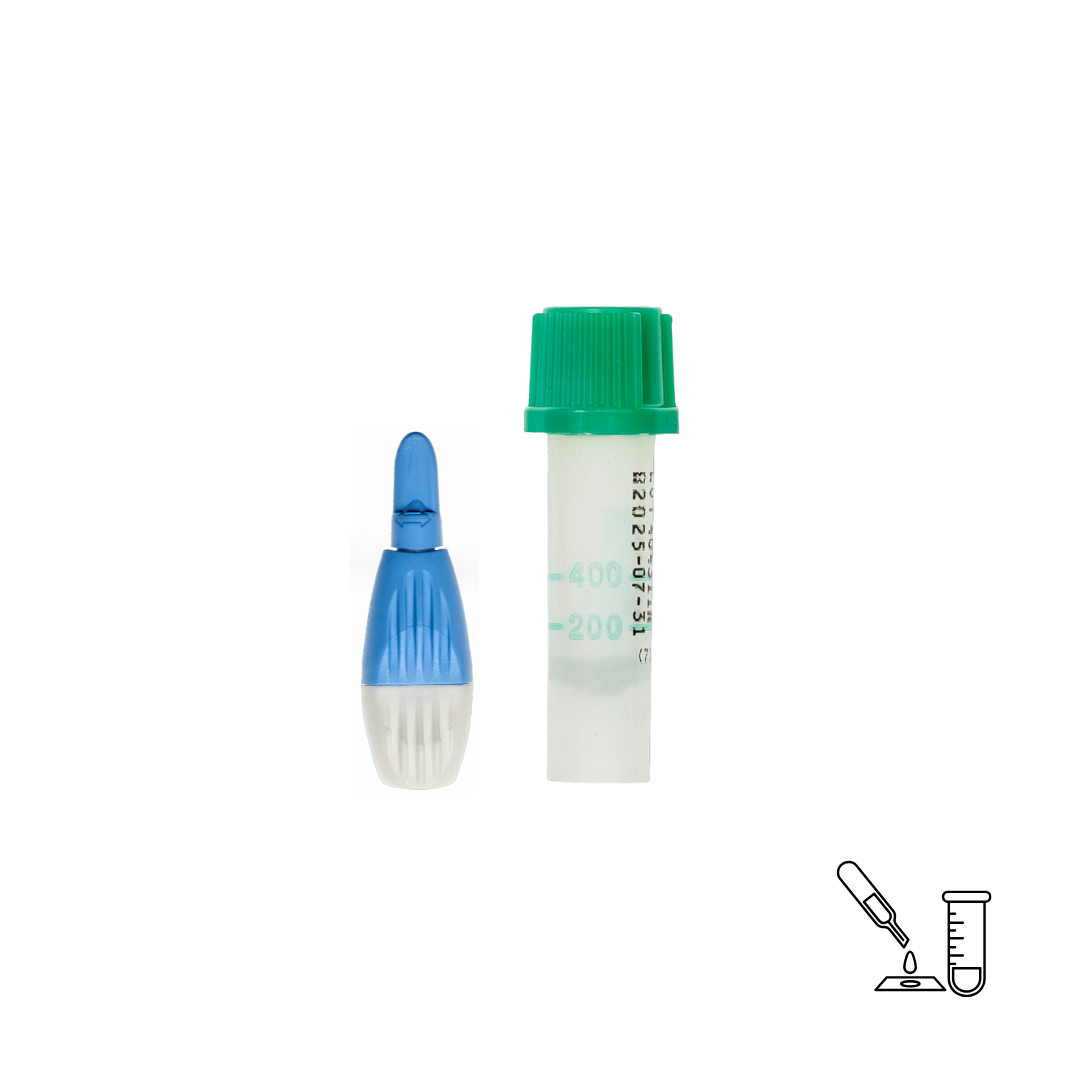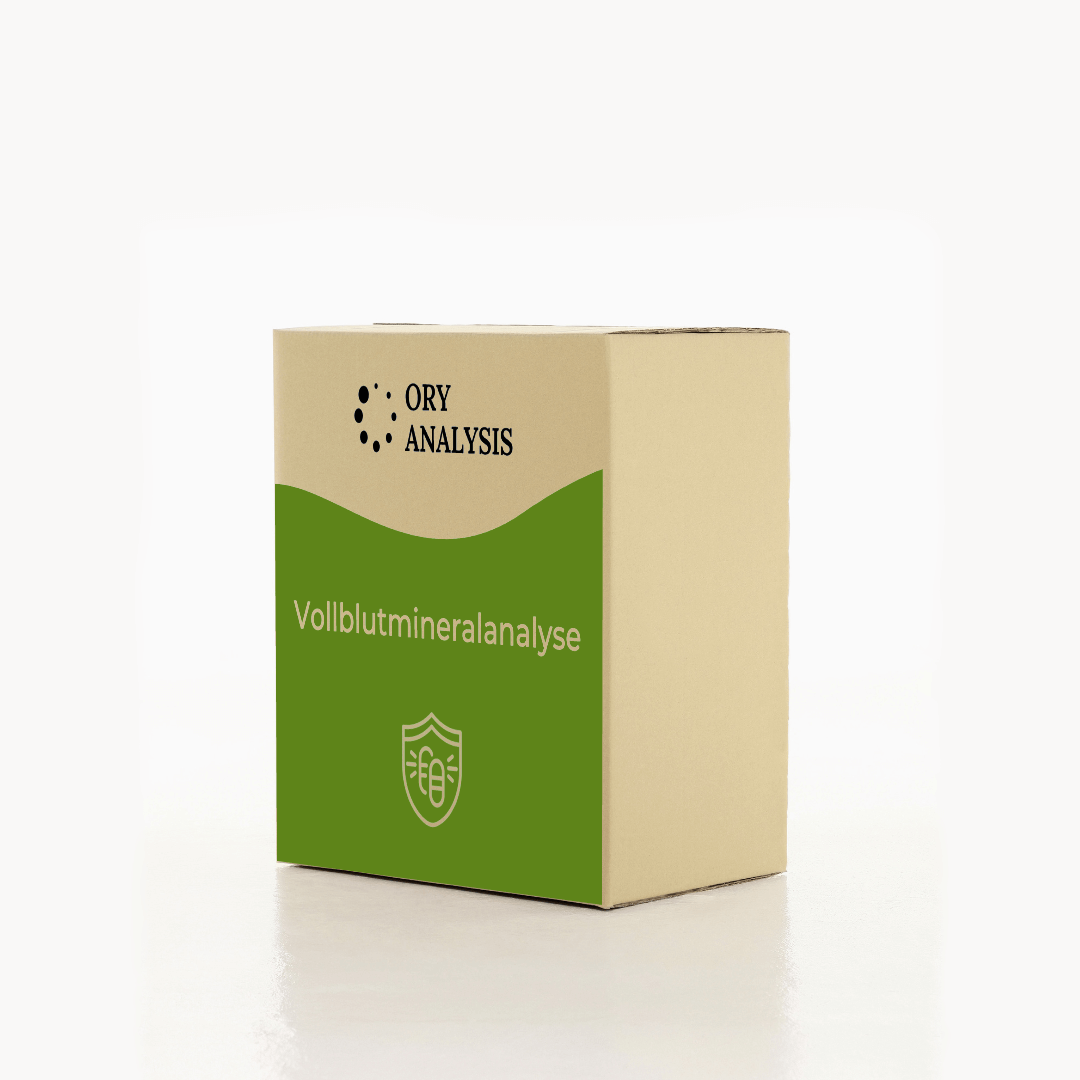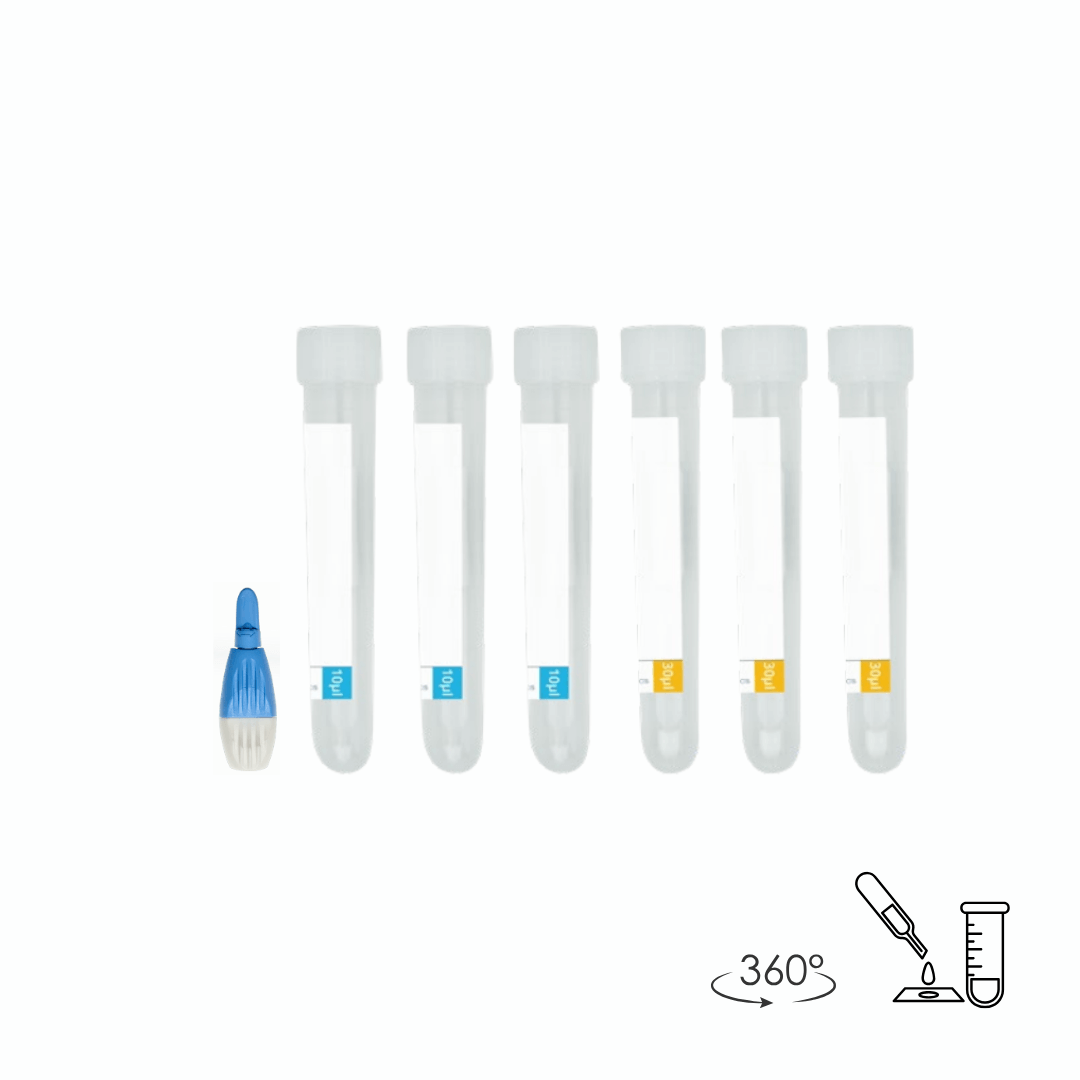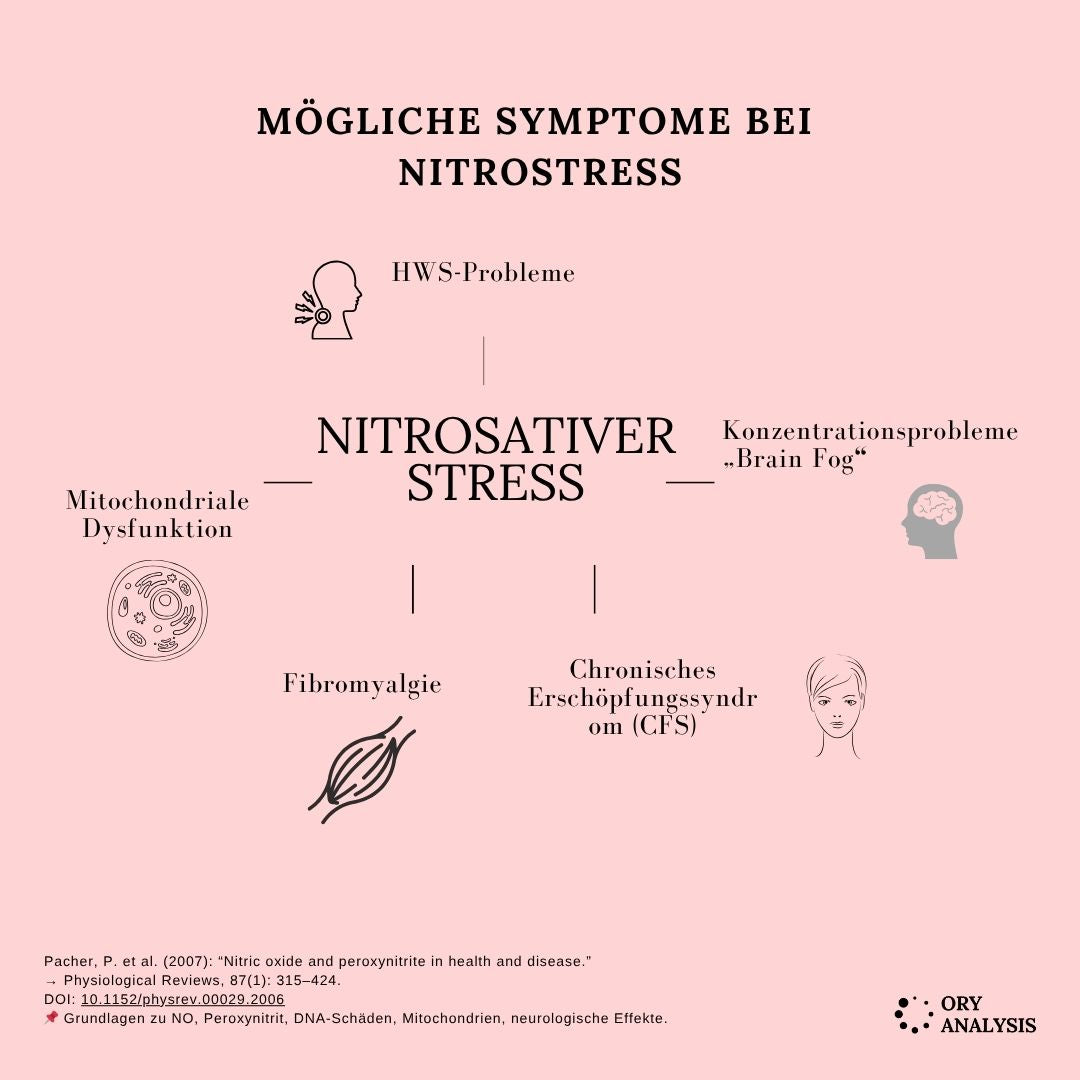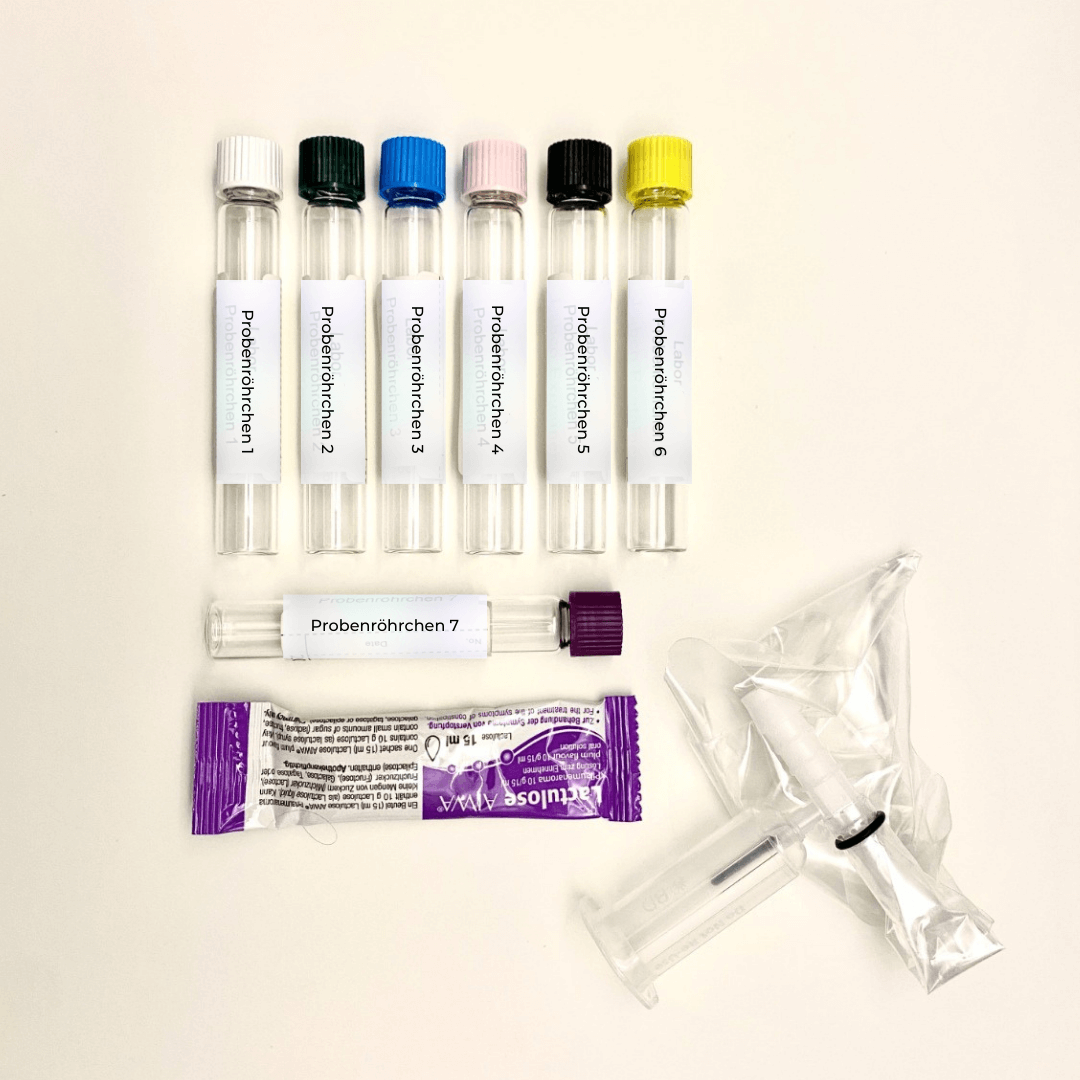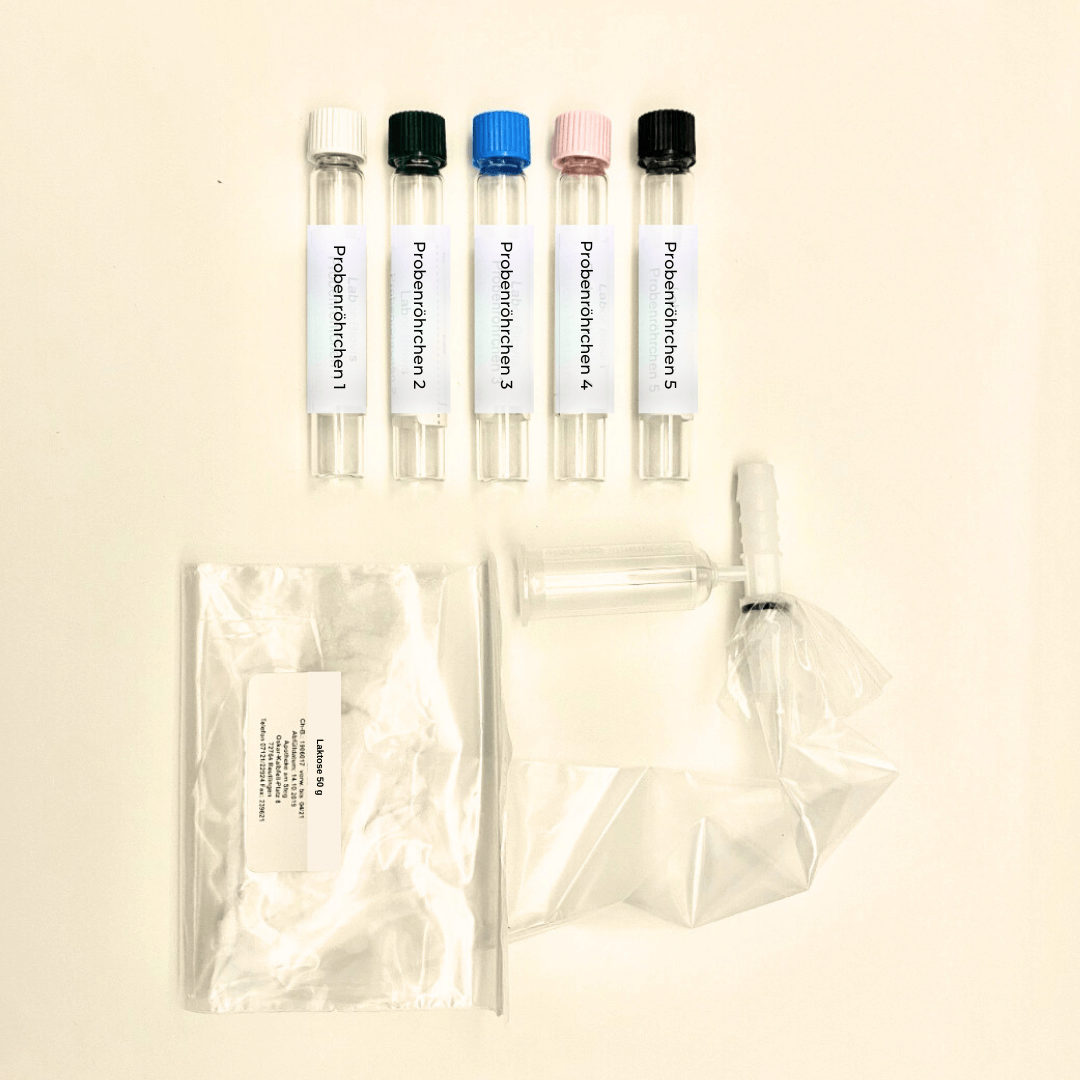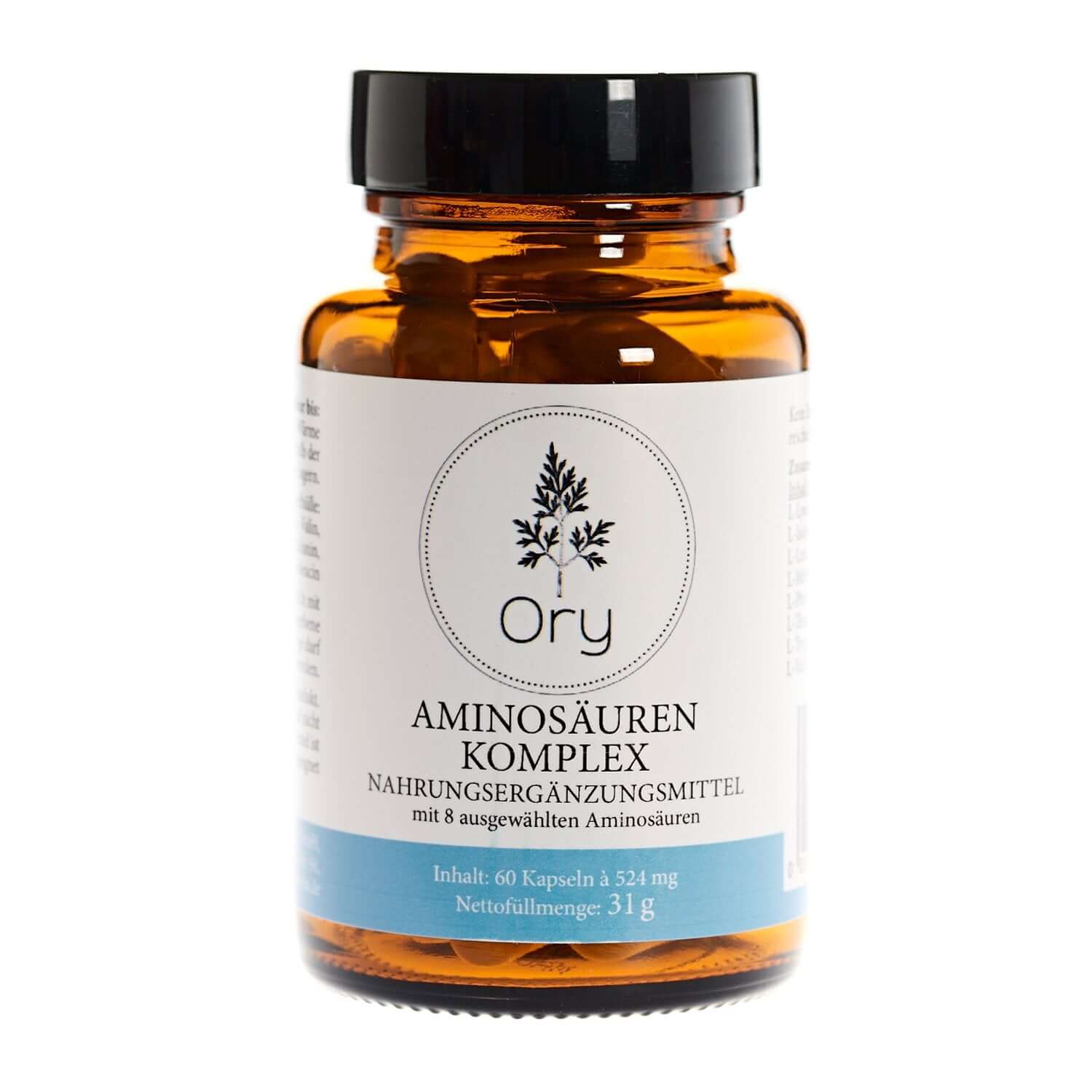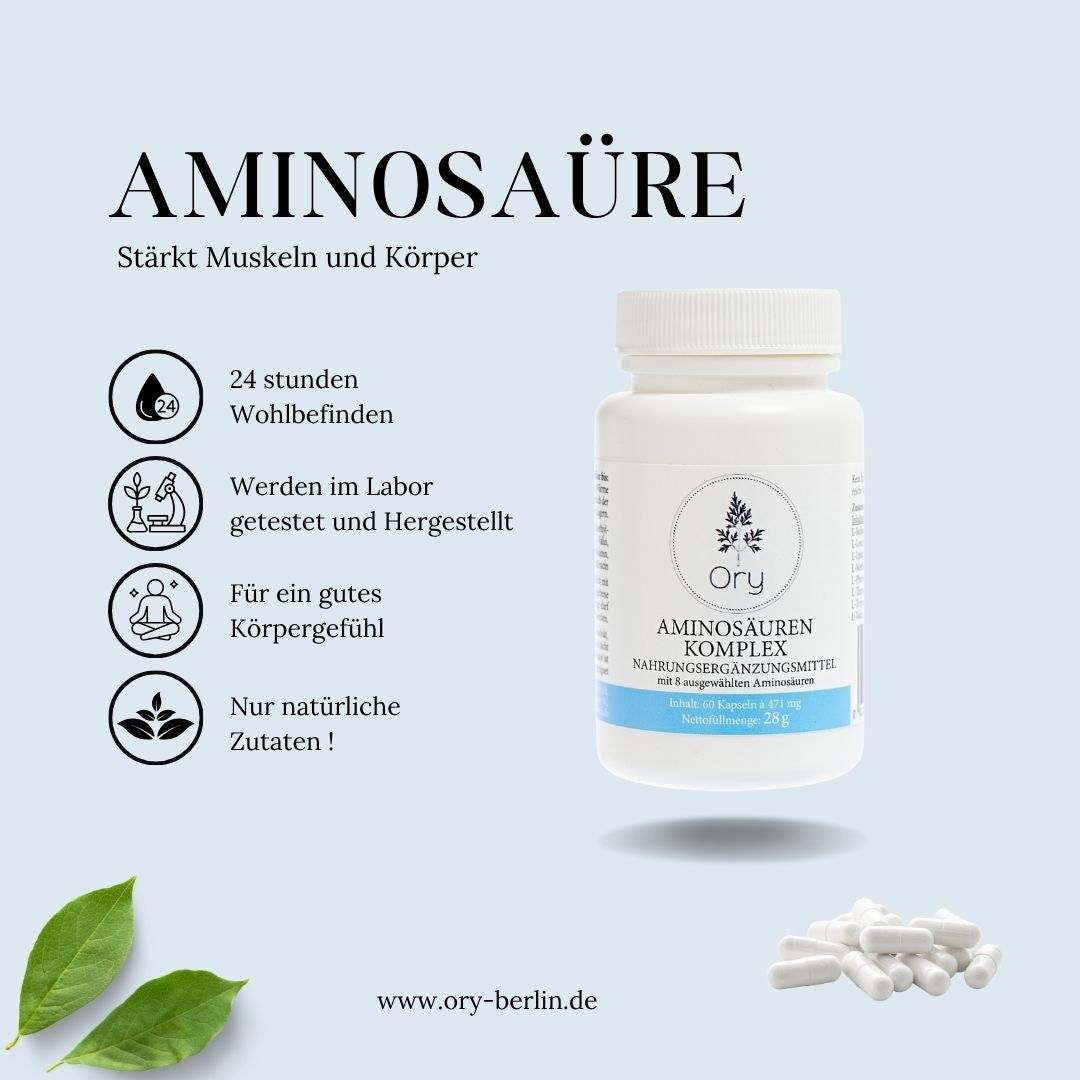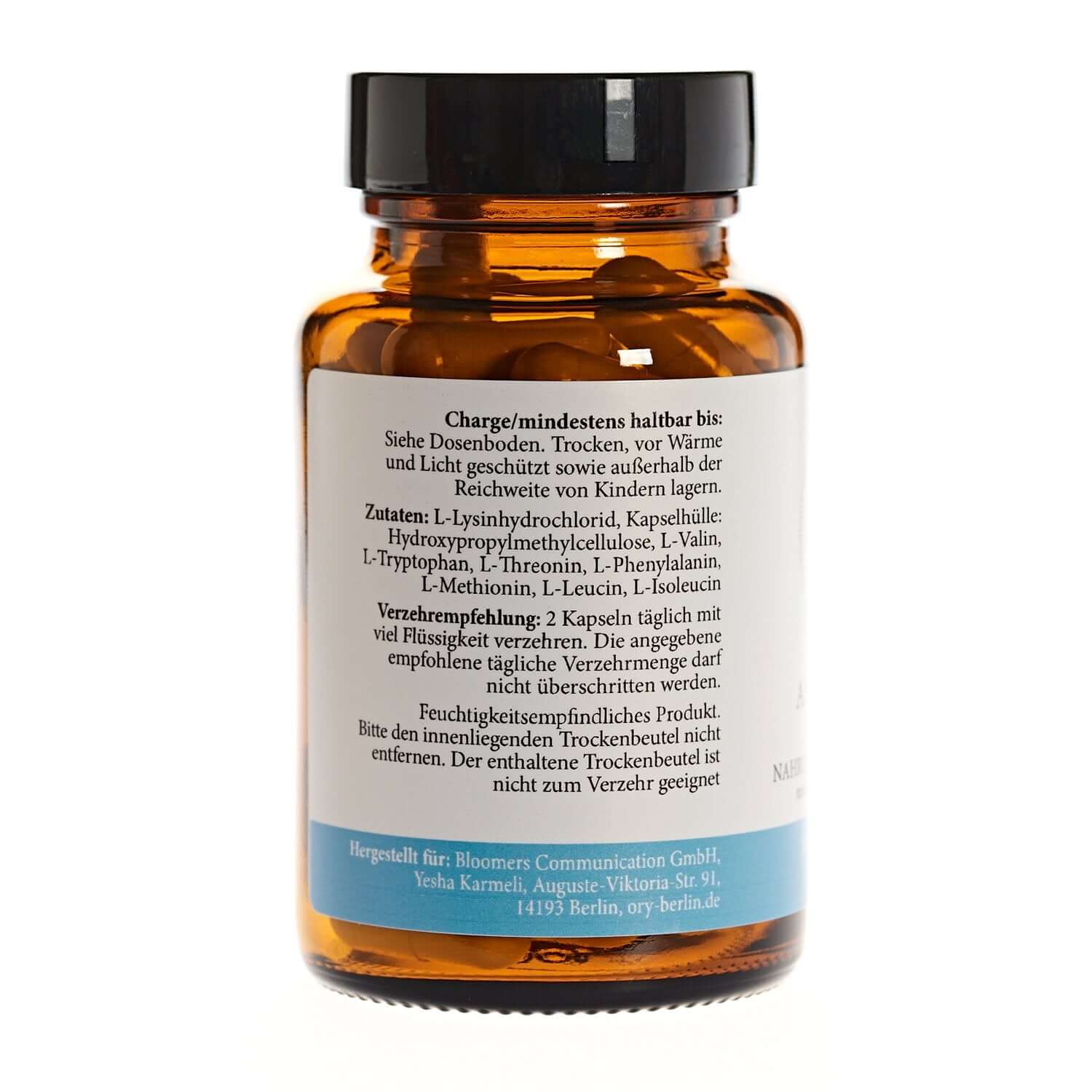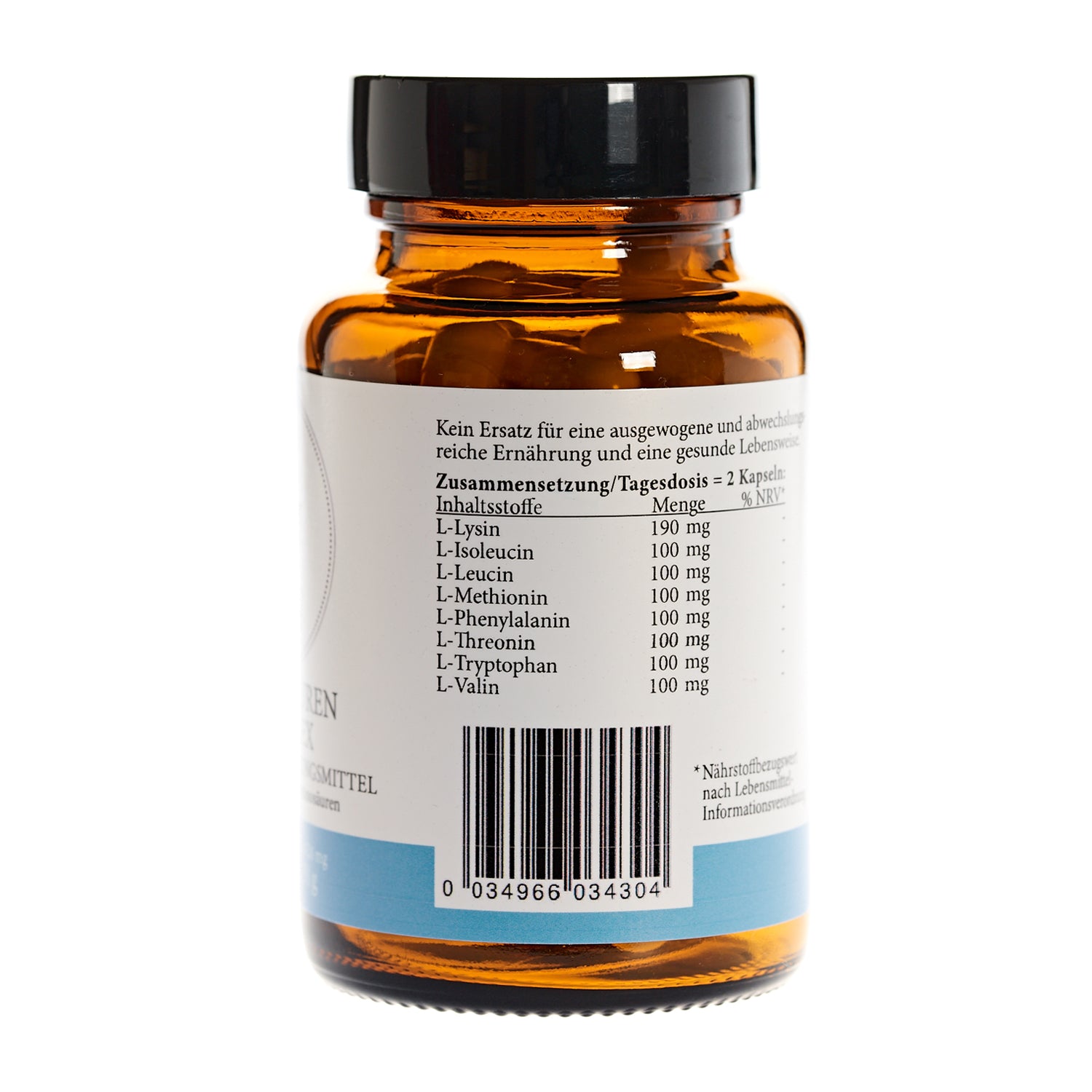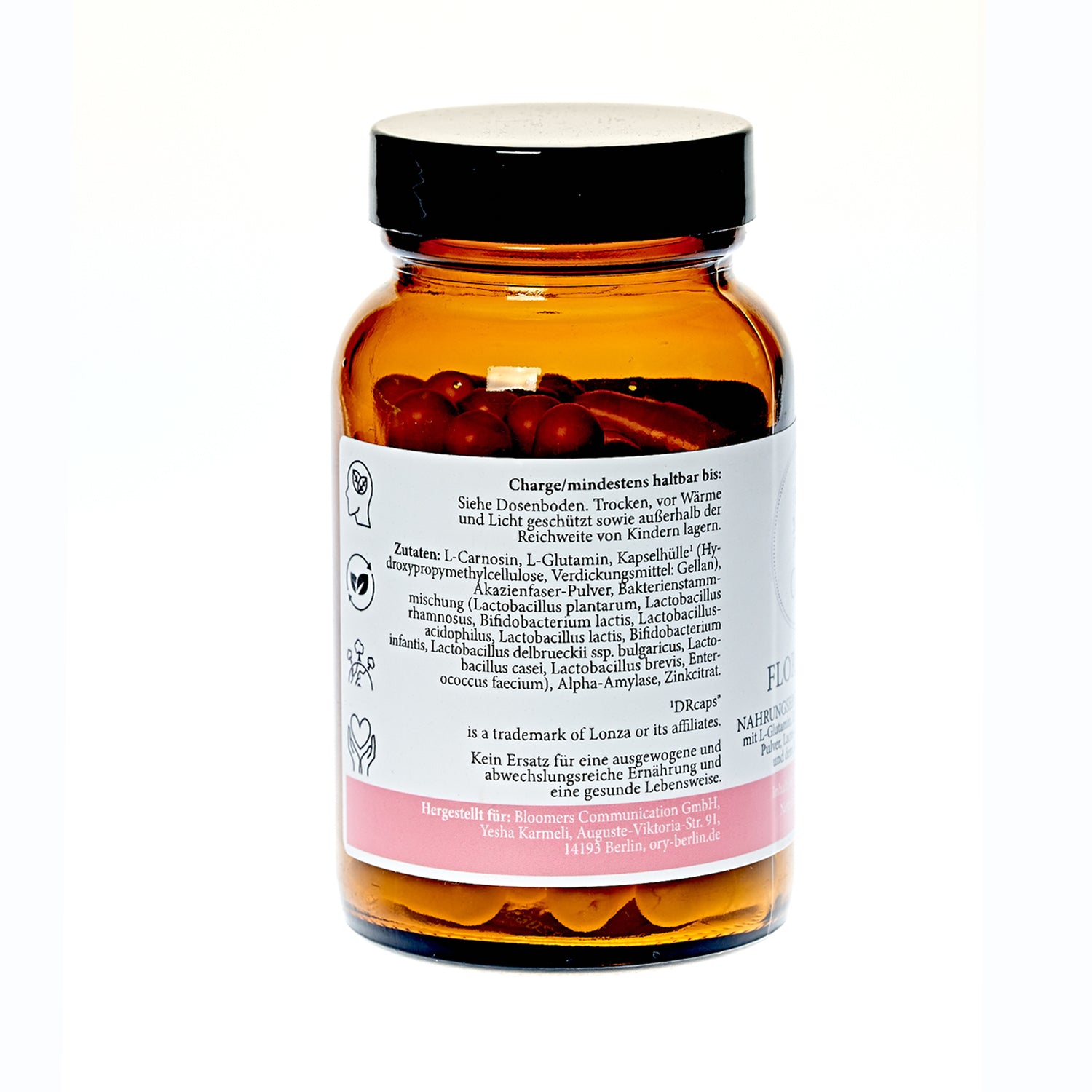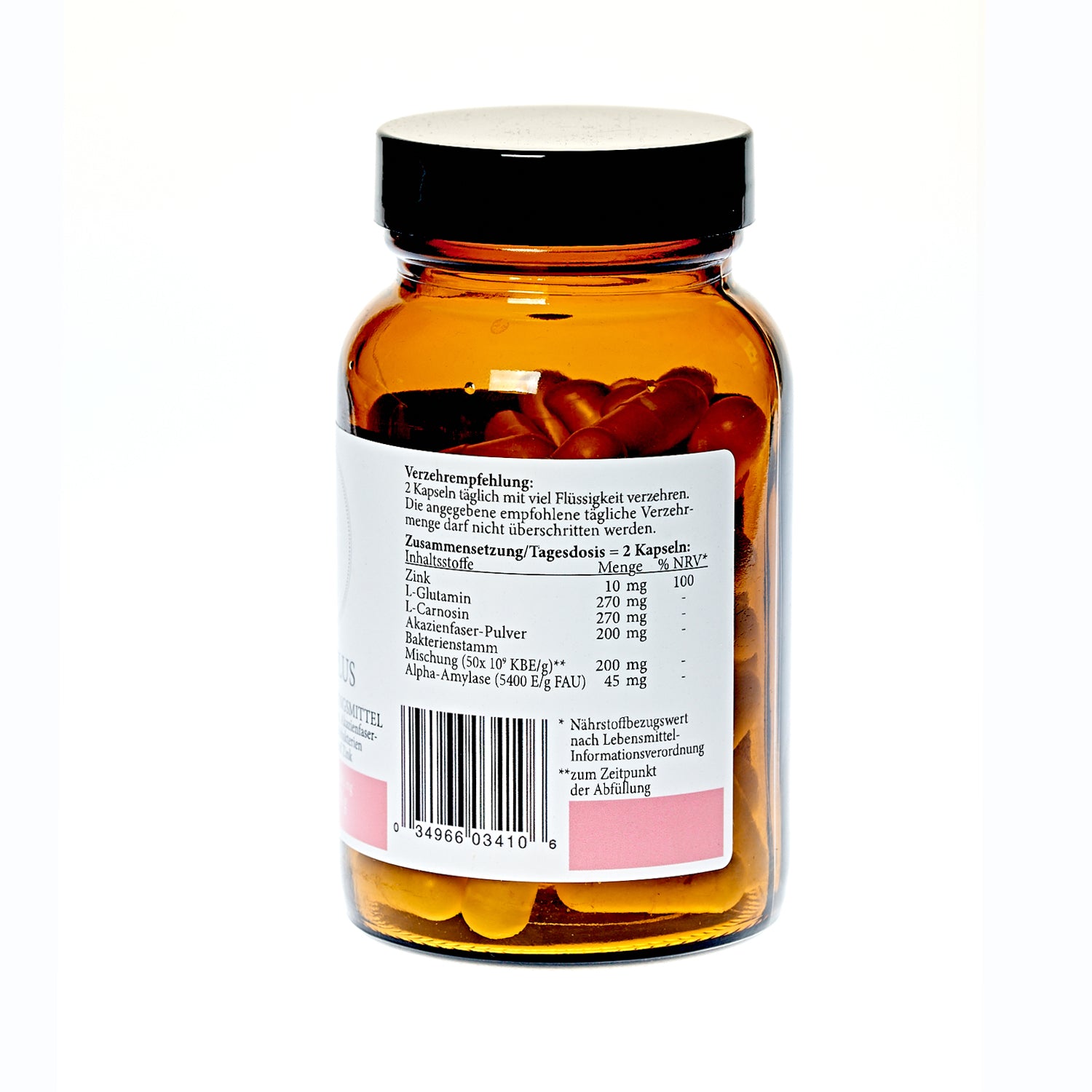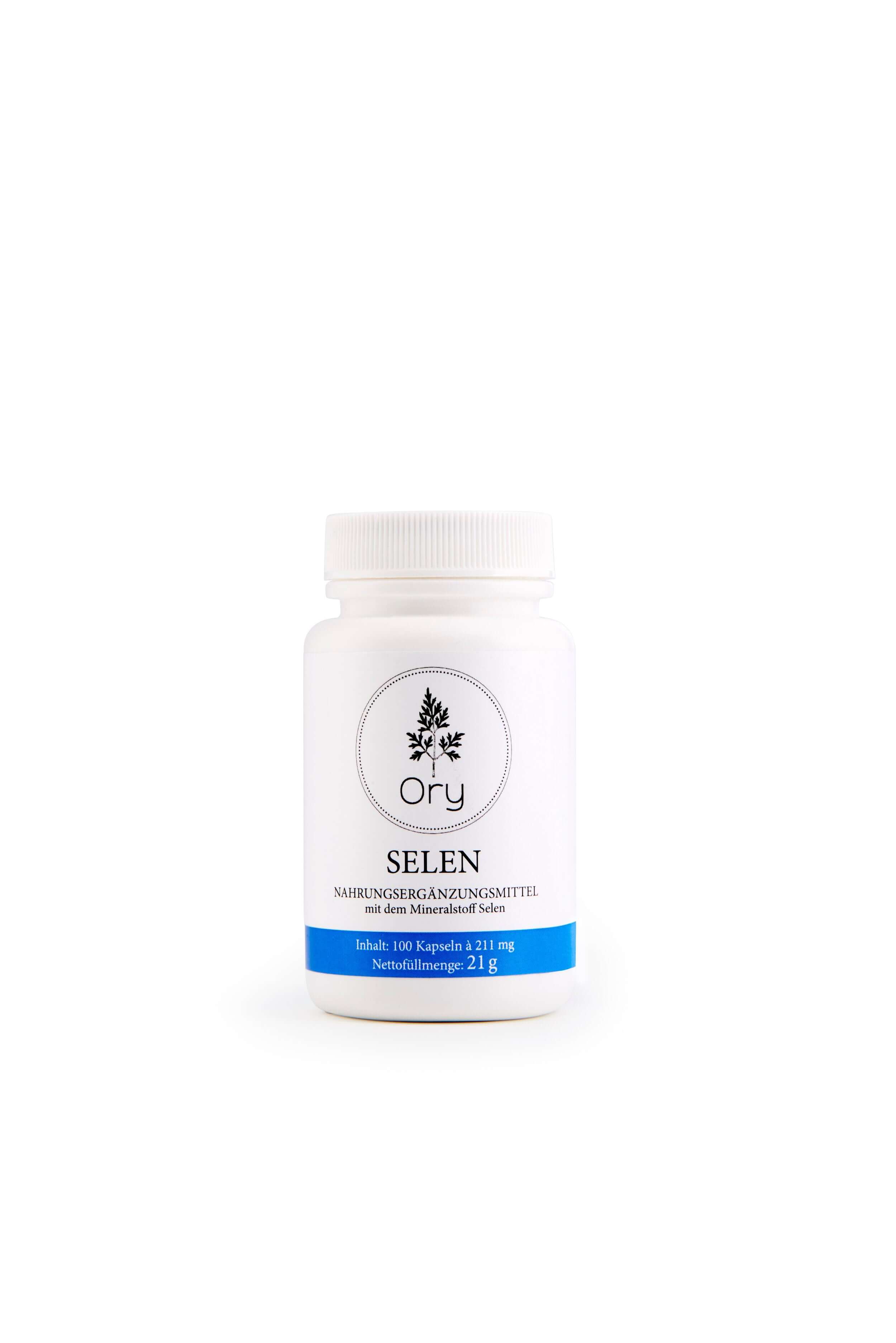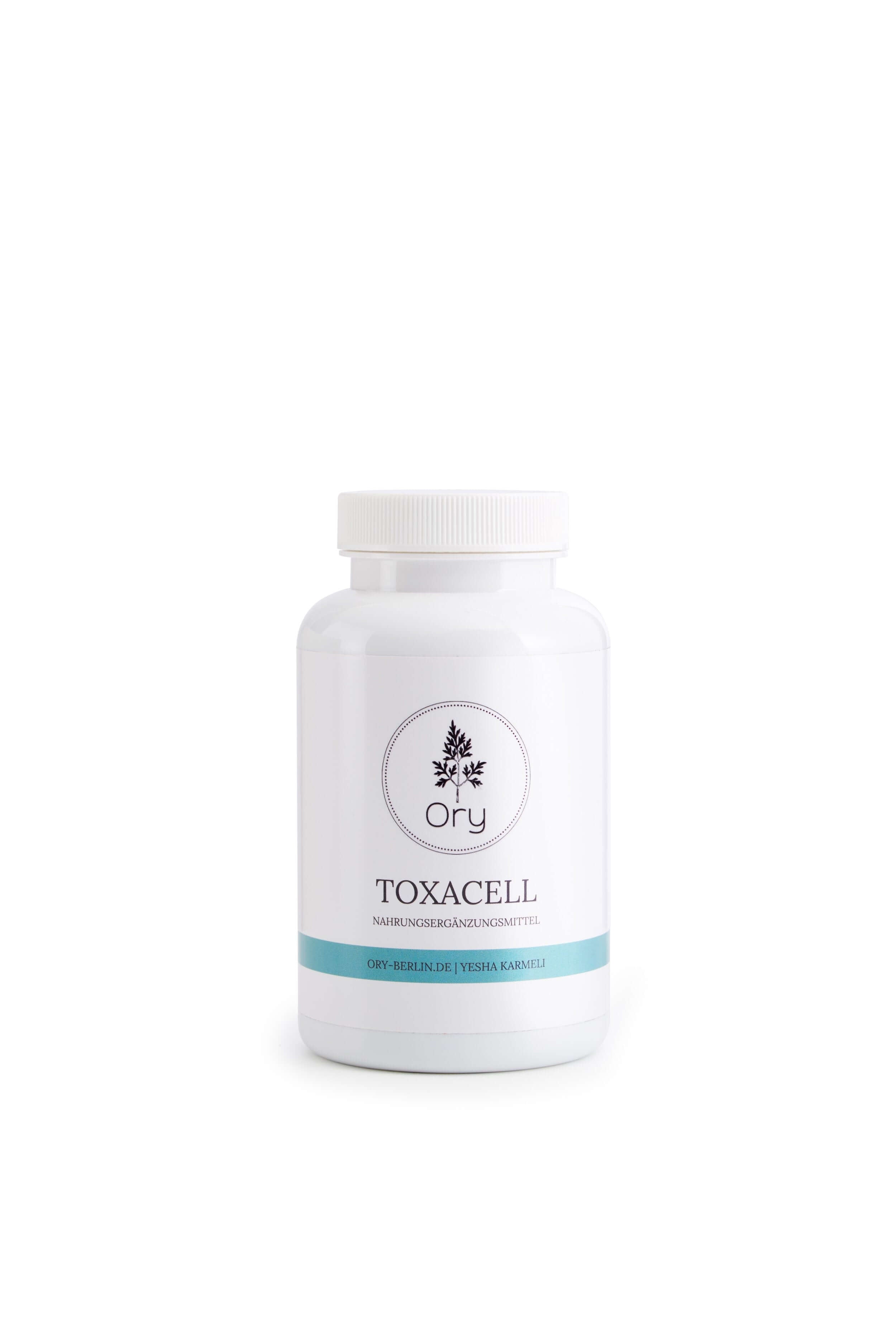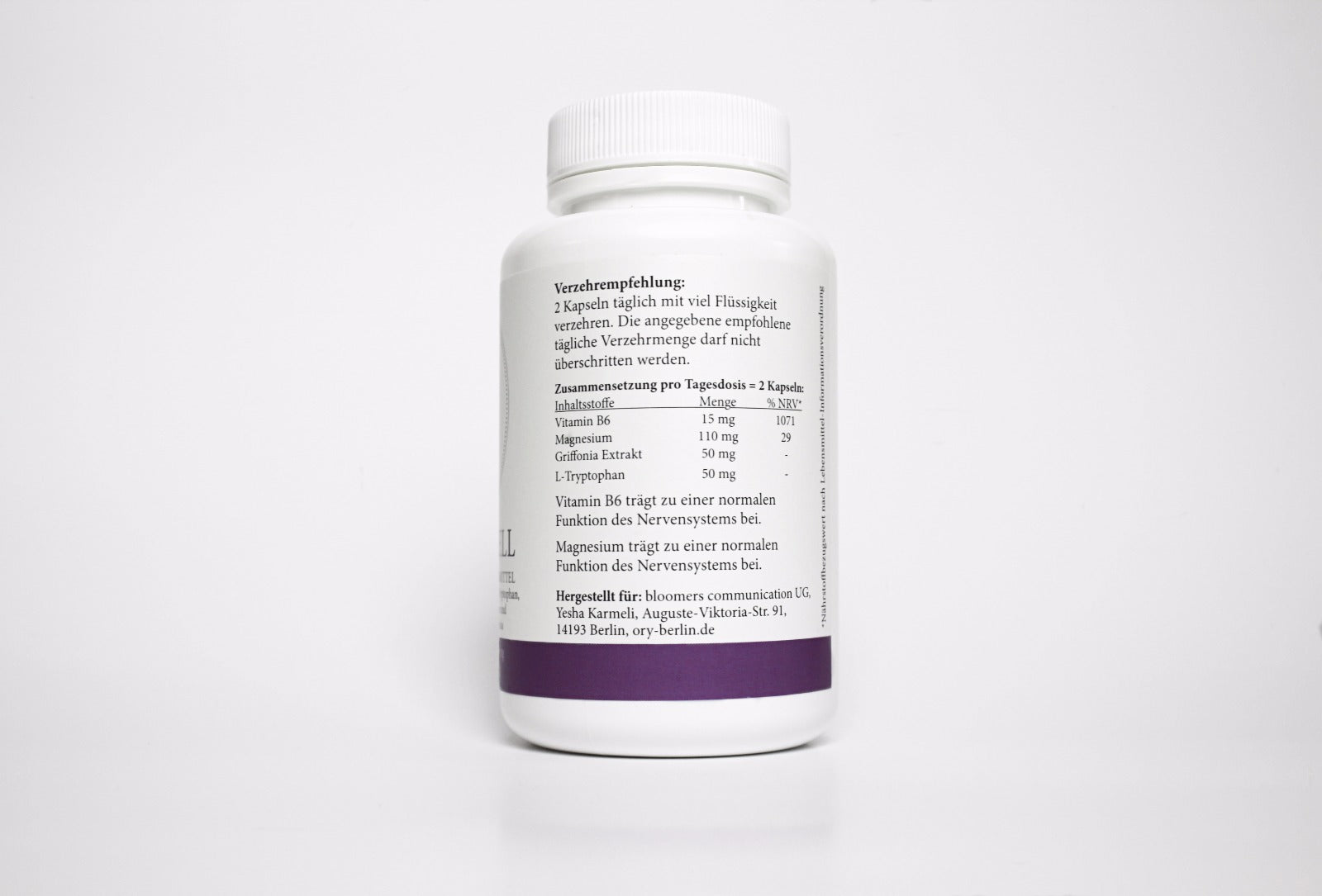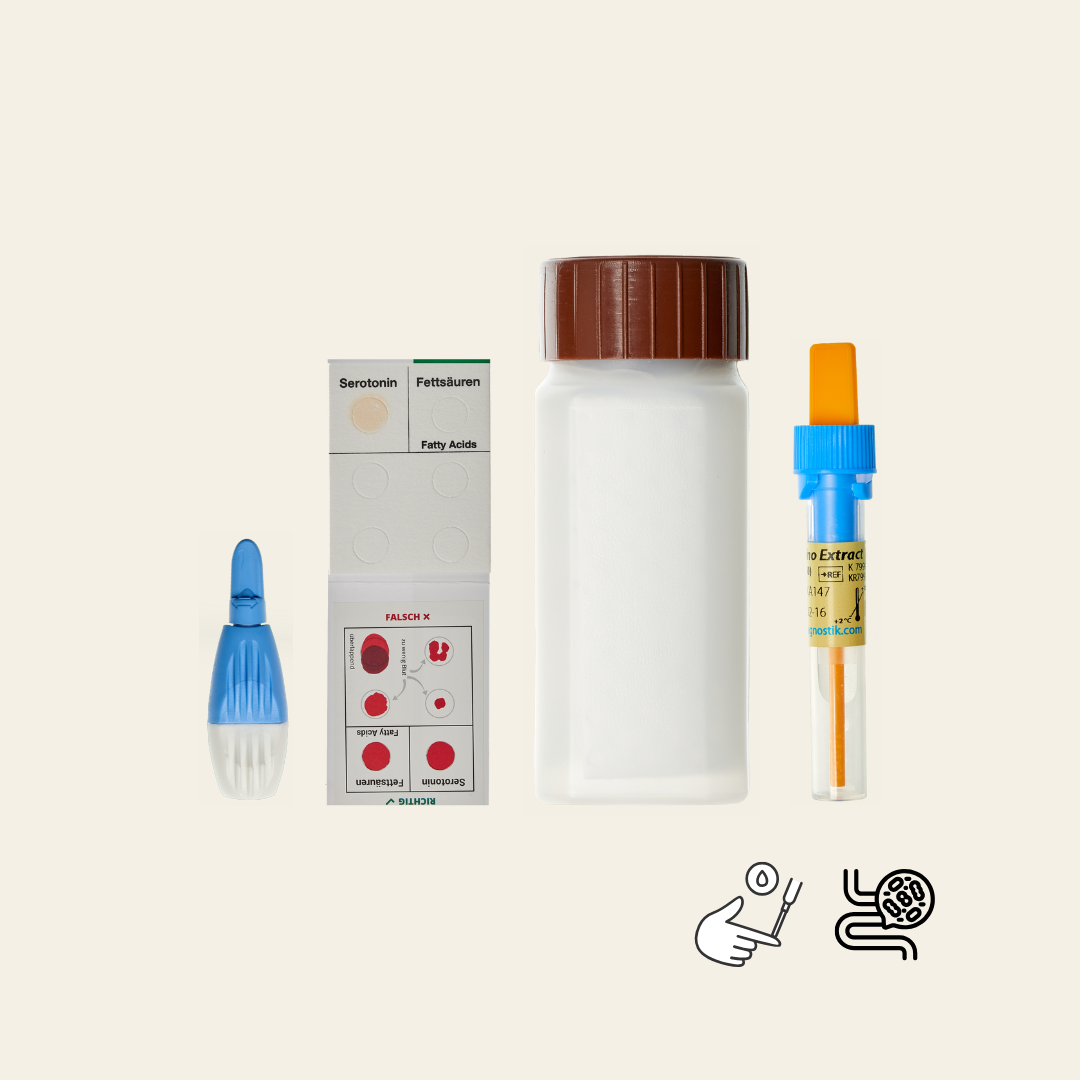






Histamine & DAO -Histamine intolerance profile
Why is this product useful
What is being tested?
It's that easy
What you get - and when
ORY Analysis: well-founded & trustworthy
Couldn't load pickup availability
Pickup available at ORY
Usually ready in 4 hoursPairs well with

Histamine & DAO -Histamine intolerance profile
The ORY difference - Medical quality is our top priority.
Certified in laboratories
Use laboratory certification for superior product quality.
Developed by experts
Professionally developed products based on years of practical experience.
Scientifically based
Perform precise and reliable diagnostic tests comfortably at home
If you have any questions, you are always welcome to contact us. We'll get back to you as soon as possible, within 24 hours on weekdays.
-
Shipping Information
Use this text to answer questions in as much detail as possible for your customers.
-
Customer Support
Use this text to answer questions in as much detail as possible for your customers.
-
FAQs
Use this text to answer questions in as much detail as possible for your customers.
-
Contact Us
Use this text to answer questions in as much detail as possible for your customers.

The histamine that accumulates in the intestine and has not been broken down is excreted in the stool.

What exactly happens with a histamine intolerance?
Histamine plays important roles in the body, with excessive levels of histamine leading to pseudo-allergic intolerance reactions in the nervous system, gastrointestinal, and respiratory tracts . It acts as an inflammatory mediator against harmful substances. Anyone who has come into contact with a stinging nettle knows the sensation: red, itchy, painful, and swollen.

What should be avoided?
FAQs
Please read our FAQs page to find out more.
What does the package contain?
How should it be used?
Are there any possible side effects?
Who should not use this product?
How should it be stored?

